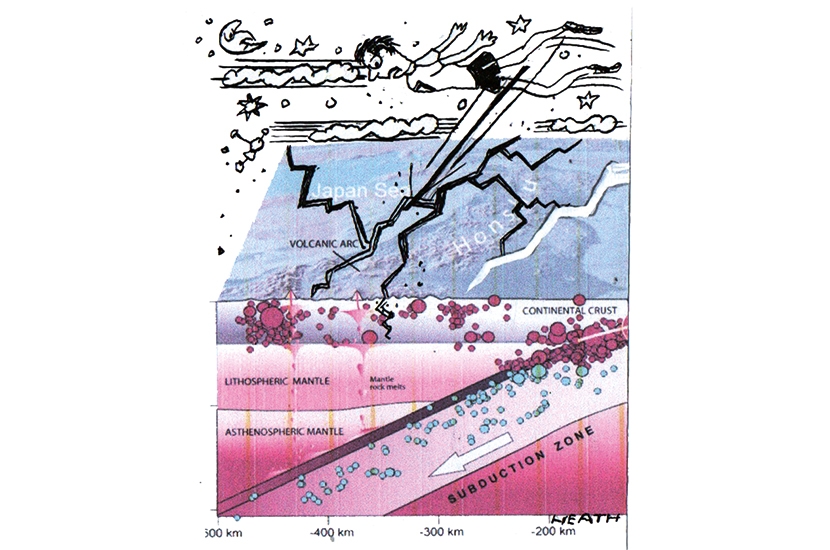Tokyo
This week was the tenth anniversary of the Great East Japan Earthquake, the most powerful earthquake ever recorded in the country. It, along with the tsunami it triggered, claimed an estimated 19,000 lives. I was walking in the Shibuya district of Tokyo when the quake knocked me off my feet. I recall being first puzzled (why am I falling?); then awestruck, as I glanced up at a thin concrete ‘pencil’ building swaying gently like a flower in the breeze. Two women on a balcony seemed to be, bizarrely, unaccountably, laughing. Then I became aware of a man running towards me, gesticulating frantically and, oddly for Japan, swearing. When the tremors passed, I picked myself up and noticed his hard hat, overalls and expression of wonder mingled with relief. I looked up and realised I had been walking under the scaffolding he was working on. One loose bolt and it would have entombed me. We stared at each other in silence, and then went our separate ways. I’ve always regretted that I didn’t thank him and his crew for their workmanship.
Talking of debts of gratitude, someone who ought to be remembered is Masao Yoshida, engineer in charge of the Fukushima nuclear plant, which was rocked by the quake and flooded by the tsunami. After three hydrogen blasts the management in Tokyo ordered staff to abandon the facility. Yoshida, knowing this would be disastrous, went behind the backs of his superiors and contacted then prime minister Naoto Kan, who fortuitously, and rarely for a politician, had some knowledge of engineering. With Kan’s approval, Yoshida and a small crew stayed and continued to pump seawater into the reactor, cooling it, but rendering it inoperable. They exposed themselves to massive amounts of radiation in the process.









Comments
Join the debate for just £1 a month
Be part of the conversation with other Spectator readers by getting your first three months for £3.
UNLOCK ACCESS Just £1 a monthAlready a subscriber? Log in